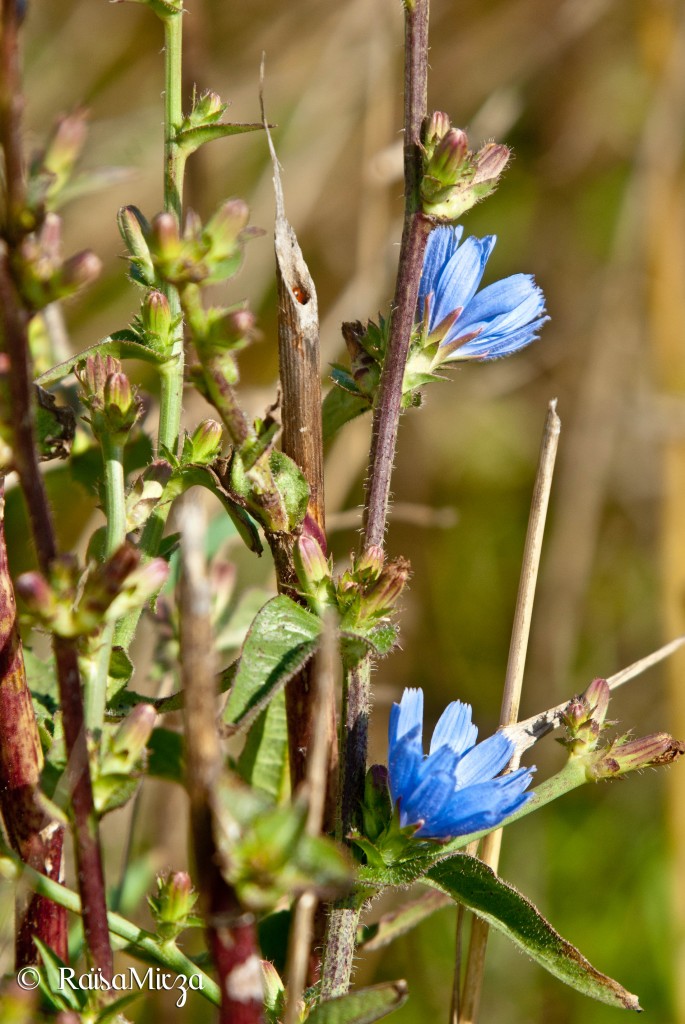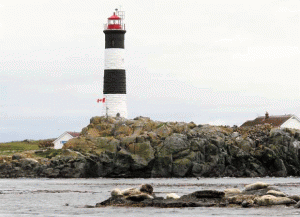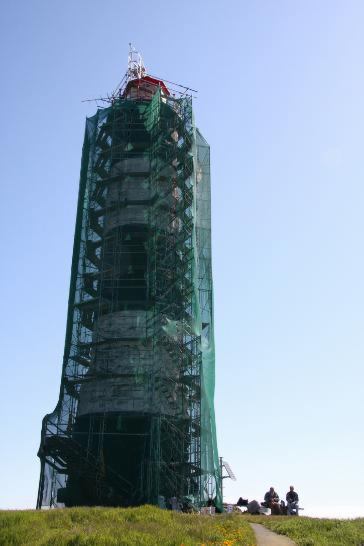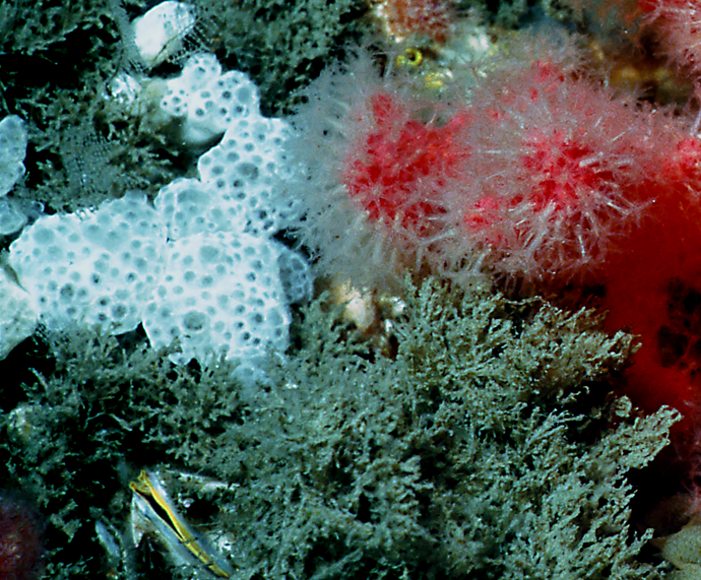| In June of 2010 a few days after the Heritage Lighthouse Act came into effect, the Department of Fisheries, in charge of Coast Guard, announced that it was selling off all its surplus lighthouses across Canada. Race Rocks was included on the list of 960 surplus lighthouses. Our initial response was ” How could the federal government even think of selling off a heritage structure–the only rock built lighthouse on our Pacific Coast and especially in the year of its 150th anniversary of construction?” We contacted BC Parks for clarification since the Lighthouse is on Provincial Crown Land leased to the Federal government, and therefore it would be hard to see how the tower could be sold. Their response was as follows: |
- ” I looked through our files and confirmed that the lands occupied by the light are provincial lands under a transfer to the federal government for lighthouse purposes.
Also our planner David Brown in Terrace has contacted a Pacific Region federal staff member that assured David that DFO/Coast Guard knows that they cannot enter into any arrangement to sell, lease or otherwise tenure out, most of the lighthouses in BC because the land is under provincial ownership. This implies that Pacific Region will simply not act on this initiative where it has to do with the lights that are on provincial land.”
Doug Biffard
Aquatic Ecologist
Parks Planning and Management Branch
Ministry of Environment
250 387-4598
- DOCUMENTS: 1894 and 1997 re Lighthouse Reversion In September of 2011, I contacted Andrew Anderson in DFO and asked for a clarification based on the above statement. after a telephone conversation, his response is below: September 29, 2011 5:52 AM
Mr. Fletcher: As discussed – Under the Heritage Lighthouse Protection Act, the Department was required to publish a list of lighthouses deemed surplus to operational requirements. Canadian Coast Guard has determined that ownership of the structure that supports the aid to navigation at Race Rocks is no longer required for program purposes and as such it forms part of the surplus list. The preamble to the list of surplus lighthouses on the DFO web-site acknowledges that despite surplus status there could be administrative or legal issues related to some sites that would restrict the capacity of DFO to transfer ownership.
thank you
Andrew Anderson
Real Property, Safety and Security / Biens Immobiliers, Protection et Sécurité Fisheries and Oceans Canada / Pêches et Océans Canada
200 Kent Street, Ottawa, ON K1A 0E6 / 200, rue Kent, Ottawa ON K1A 0E6
|
|
|
|
|
|
|
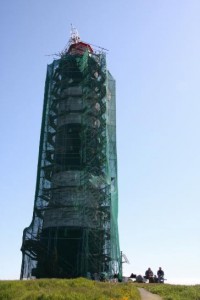 The colonial-era stone building is on the list of surplus properties the federal government wants to sell. The colonial-era stone building is on the list of surplus properties the federal government wants to sell.
By Edward Hill – Goldstream News Gazette
Published: June 11, 2010 2:00 PM
Newspaper Version Wednesday, June 16, 2010
|
|
|
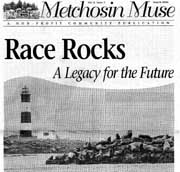 See other articles published on this topic See other articles published on this topic |
|
- EXCERPT FROM “Heritage Lighthouse Protection Act Implementation, May 2010
Heritage Lighthouses of Canada
“Fisheries and Oceans Canada has declared approximately 480 active lighthouses and approximately 490 inactive lighthouses across Canada surplus to its needs. Under the new Heritage Lighthouse Protection Act, these properties can be transferred to new owners wishing to take advantage of their heritage designation or tourism potential.
The Act comes into force on May 29, 2010 as a means to protect federally-owned heritage lighthouses by allowing them to be used for other purposes, as long as they are maintained in a manner consistent with established conservation practices.
Individuals, municipalities or non-profit groups may apply to Parks Canada for heritage designation of any federally-owned lighthouse property. For the surplus lighthouses, a written commitment to acquire ownership and protect the lighthouse must be accepted by Fisheries and Oceans Canada in order for it to be designated under the Act. Potential owners must submit a business plan that shows their proposed use of the property will be economically viable over the long term, and that they have the capacity to manage the property.
In some cases, lighthouses contain aids to navigation, which must remain operational. Parties wishing to purchase these properties would need to enter into an agreement with Fisheries and Oceans Canada, permitting it access to the site for maintenance and operation of the aid to navigation.
Pursuant to the Heritage Lighthouse Protection Act, the Minister of Fisheries and Oceans Canada has determined that the lighthouses on the lists below are surplus to the operational requirements of the Department. A surplus lighthouse may only be designated as a heritage lighthouse if a person or body submits a written commitment to acquire the lighthouse and protect its heritage character in the event that it is designated as a heritage lighthouse.” See continuation in the original version (2010) with Gail Shea as Minister of Fisheries:
For the Current version of this — See this on the DFO website
Note in particular, the following paragraph:from this reference:
“For the surplus lighthouses, a written commitment to acquire ownership and protect the lighthouse must be accepted by Fisheries and Oceans Canada in order for it to be designated under the Act. Potential owners must submit a business plan that shows their proposed use of the property will be economically viable over the long term, and that they have the capacity to manage the property.”
On the Environment Canada website one finds the following version:
Petition Process
You are encouraged to participate in the designation of heritage lighthouses!
Residents of Canada can nominate a lighthouse for designation under the Heritage Lighthouse Protection Act by forwarding a petition to the Heritage Lighthouse Program by 29 May 2012.
To meet the requirements of the Act, petitions must:
nominate a lighthouse that is currently owned by the federal government;
be signed by at least 25 residents of Canada who are 18 years of age or older, including the names and addresses of all petitioners; and
be addressed to the Minister responsible for Parks Canada (the Minister of the Environment).
Return to the Heritage Lighthouse Index
Return to the History Index

